The Demon Inside
Art By Gabriel Heater
After almost a two-year detox from the anime genre, Demon Slayer written by Koyoharu Gotouge has gravitated my obsession back towards Japanese animation. With Demon Slayer’s immersive storytelling, incredible musical score, and stunningly pristine visual effects; Demon Slayer will captivate and leave you craving for more.
Anime fan or not, Demon Slayer has the potential to be the next big thing.
Taking place in a demon-infested Taisho Era of Japan (1912 to 1915), Demon Slayer pursues the story of Tanjiro as he undertakes a journey and trains to become a demon slayer to avenge his family’s gruesome death. As well, he wants to cure his younger sister Nezuko (the only survivor of the demon attack) who has transformed into a demon herself.
Just by watching the first episode I already knew that I have found myself a gem. Like a freshly opened bag of chips, I couldn’t just settle for one.
From the beginning, I noticed that this show very uniquely alluded to the main character making it seem as you knew him without much of an exposition. The whole story was written in a way where every episode keeps you invested. By immersing yourself not only with the plot and spectacular action sequences but with the emotions the characters give off. The incredible voice acting (original Japanese audio) made you feel a multitude of emotions ranging from happiness, terror, anger, and sorrow making you feel a sense of connection to the main characters.
While Demon Slayer has an amazing story it’s pristine visuals transcend this show even further. The whole setting is unique in itself as it is a perfect balance of a depressing melancholy paired with the beauty of nature and the aesthetics of early twentieth-century Japan. What surprised me the most is the use of CGI. Normally CGI is controversial as it is normally an eyesore when 3D rendered objects are paired up with 2D animations. To my surprise, the CGI didn’t look out of place and added a whole layer of depth visually. With great animation, the fight scenes and choreography are mind-blowing as it is visually complex and stunning as each fight scene is electrifying, especially paired with the show’s musical score, keeping you on your toes at all times. The small details such as the camera angles, the bright contrast in color from the depressing setting give each fight scene its originality.
While this show has numerous positives, one negative that one seen so far is the flanderization (taking a single trait of a character and exaggerating it until it completely consumes the character). The characters that succumb to the flanderization the most are the two other main characters who are Zenitsu and Inosuke. Although both do get slight character development later in the show. Zenitsu gets hit particularly hard by stereotype, although he has shown glimpses of immense power as a demon slayer it is overshadowed by his fears. On the other hand, Inosukes wild barbaric trait is increased; he becomes less bothersome as he too has character development towards the end of the season.
Another thing that felt out of place is the Hashira who are the nine strongest demon slayers in the corporation. They too were flanderization as their quirks seemed to define their characters. I can’t be too disappointed at this as they were introduced very late into the series therefore they had little to no time to get in-depth and show some character development. The upcoming demon slayer movie along with the next season seems more promising to fix this issue as the Hashira seems to be more involved, playing a bigger role than before.
Overall Demon Slayer is an amazing anime fit for virtually any audience with my rating being an 8.5-9/10. If you enjoy breathtaking visuals, an incredible plot, and electrifying fight scenes, this show is for you. However caution it’s TV-MA rating for severe violence.
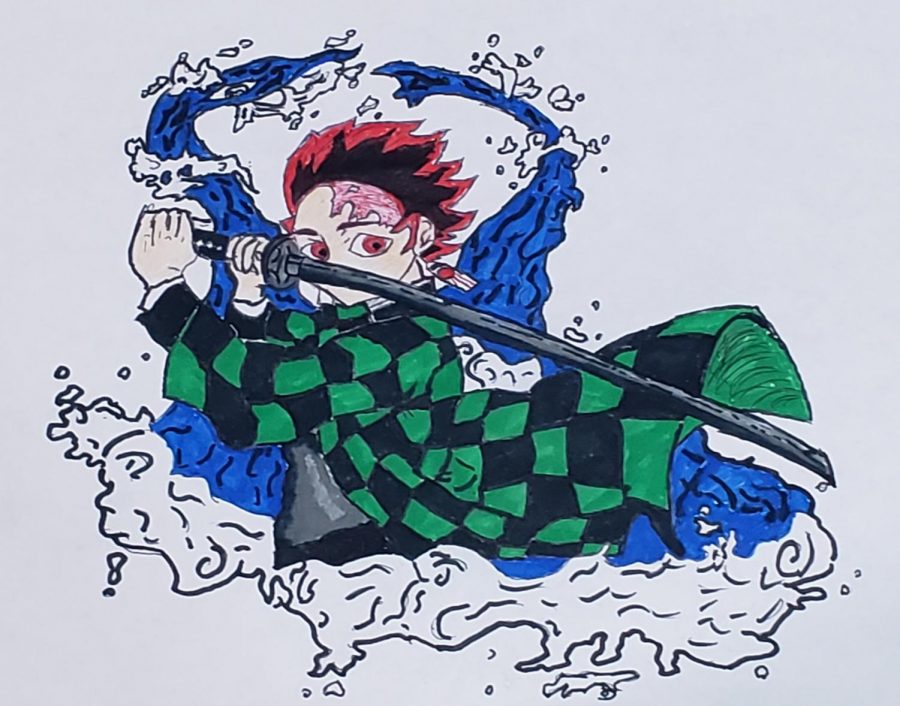

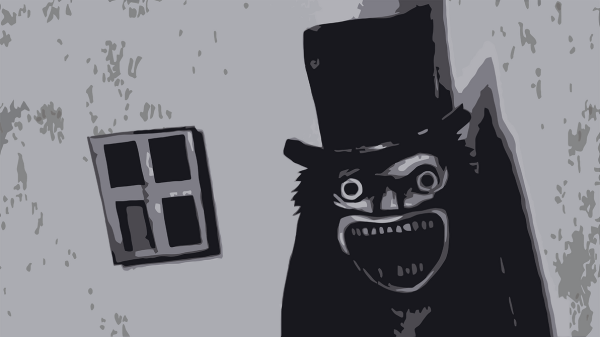

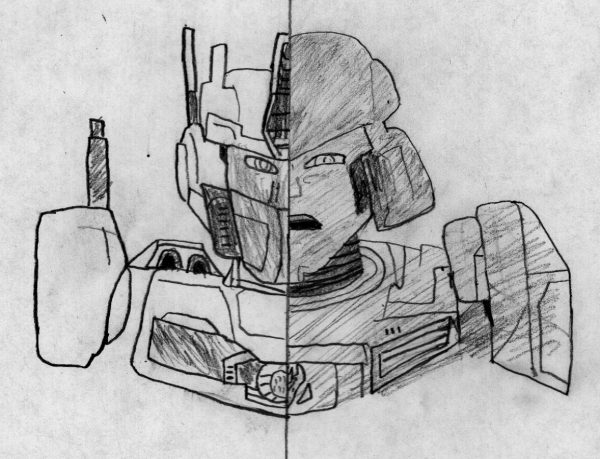
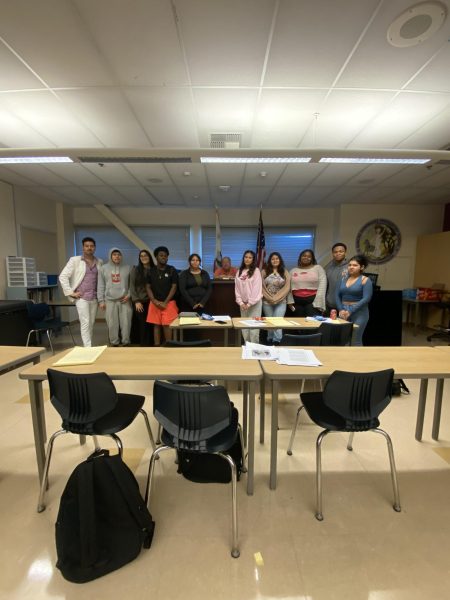
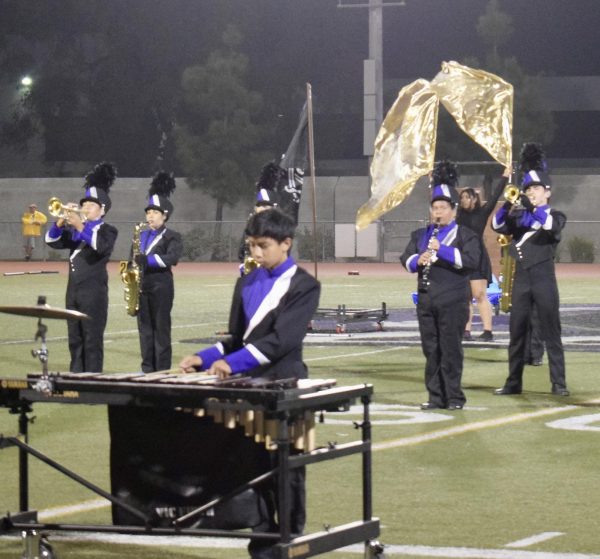
Salvador Zamora • Oct 16, 2020 at 1:10 pm
Wow this is so interesting! I loved your metaphor on the chips. Can’t wait to watch this!
Christopher • Oct 16, 2020 at 12:56 pm
Love this story! Makes me want to get back into anime again!